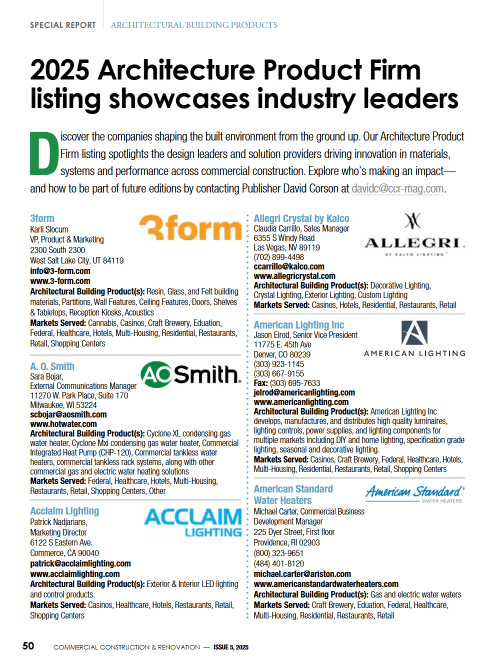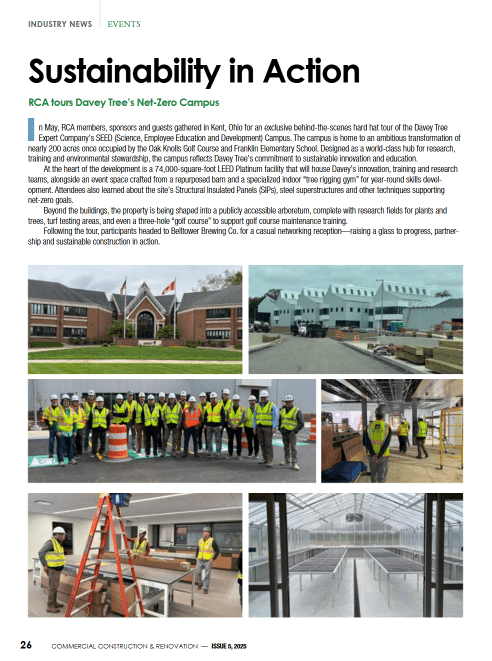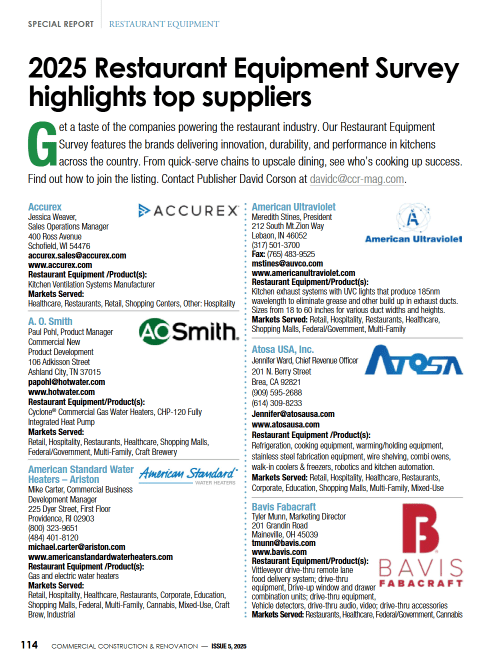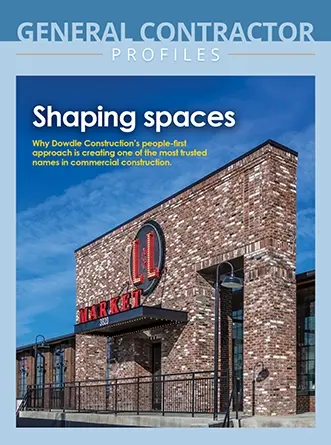Steam systems serve as the backbone of numerous industrial processes, providing the essential thermal energy required for a wide range of applications across various sectors. From powering machinery in manufacturing facilities to sterilizing equipment in healthcare settings, the importance of steam cannot be overstated. However, despite their critical role, steam systems often operate below their maximum efficiency, leading to energy wastage, increased operational costs, and potential safety hazards.
To address these challenges, American Plant Maintenance (APM Steam) offers specialized services aimed at optimizing steam systems. Rather than merely providing reactive maintenance solutions, they take a proactive approach, focusing on comprehensive optimization strategies that consider the entire steam system.
Why Steam? The Science Behind Steam Systems
Steam, often called the “invisible workhorse” of industry, is utilized in a myriad of applications, ranging from heating and sterilization to power generation and mechanical work. It’s a versatile energy source, but its efficient use ruires a deep understanding of its properties and the intricacies of steam systems.
At its core, steam is water in its gaseous state. Its unique properties make it an excellent medium for transferring heat energy over long distances. When water is heated to its boiling point, it undergoes a phase change, transforming into steam. When the reverse occurs, steam condenses to water. This process releases a significant amount of energy, which can be harnessed for various industrial applications
Steam systems are composed of several key components, each with a specific role. Boilers, the heart of the system, generate steam by heating water. Piping is responsible for distributing the steam to different parts of the facility. Valves control the flow of steam, while heat transfer equipment ensures the energy is directed to where it’s needed. Lastly, steam traps remove condensate to maintain efficient operation. Understanding the function of each component is crucial to optimizing the system.
Challenges in Steam System Optimization
Despite its advantages, steam systems face several challenges that can impact their efficiency and reliability. One common issue is steam leakage, which can occur due to faulty valves, fittings, or failed piping. Steam leaks not only waste energy but also increase operational costs and pose safety risks to personnel.
Another challenge is steam trap failure, which occurs when steam traps malfunction and fail to remove condensate from the system effectively or allow live steam to enter the condensate system.
This can lead to water hammer, uneven heating, and reduced steam quality. Identifying and addressing steam trap issues is essential for maintaining optimal system performance and a safe system.
Additionally, improper system design and maintenance practices can contribute to inefficiencies in steam systems. Poorly insulated pipes, piping failures, poor piping practices, fouled (scaled) heat-exchanging surfaces, failed tube bundles or plates, failed condensate return pumps, inadequate ventilation, and equipment oversizing are common issues that can affect system performance. Regular maintenance and thorough inspections are crucial for identifying and rectifying these issues before they escalate.
The Role of Optimization Services
Specialized services aimed at optimizing steam systems are crucial for addressing these challenges effectively. Rather than merely providing reactive maintenance solutions, it is best to focus on comprehensive optimization strategies that consider the entire steam system.
Steam trap surveys involve inspecting and testing steam traps to ensure they operate efficiently. This includes identifying failed traps and repairing or replacing faulty components to maximize performance. By maintaining properly functioning steam traps, facilities can minimize energy loss and reduce operating costs and operational interruptions.
System audits focus on evaluating the overall performance of steam systems, including pipe insulation, condensate return, air handler optimization, heat exchanger condition, and pressure-reducing stations. Engineers conduct detailed assessments to identify areas for improvement and develop tailored solutions to address inefficiencies. This may involve repairing or replacing failed equipment, upgrading equipment, or implementing other energy-saving measures.
Preventative maintenance programs aim to address potential issues before they lead to system failures proactively. This includes regular HVAC and heat exchanger inspections, testing, cleaning, flushing, equipment lubrication, and monitoring system performance metrics to identify trends and patterns. By implementing preventive maintenance measures, facilities can minimize downtime, extend equipment lifespan, and reduce maintenance costs.
Engineering Expertise: The Foundation of Optimization
At the core of steam system optimization lies a deep understanding of engineering principles and thermodynamics. To that end, steam audits require a highly skilled team of field technicians and engineers who possess extensive experience and expertise in steam system dynamics. These professionals understand not only how steam systems operate but also why they function in specific ways.
In a recent case study, APM Steam worked on a hospital where hidden steam traps had been malfunctioning for decades, unbeknownst to anyone at the facility. The condensate tank was overheating and blowing steam, and the issue had been overlooked for years. However, after a thorough inspection, the APM Steam team located the faulty steam traps and replaced them. APM Steam credited their methodical nature in finding the culprit. Fixing several small problems paved the way for the larger fix. This major fix resolved twenty years of malfunction and significantly improved the system’s efficiency. This case highlights how addressing even small issues can yield substantial benefits over time.
By leveraging their engineering knowledge, experts can identify inefficiencies, diagnose root causes of issues, and design solutions that enhance overall system performance. This approach goes beyond simple troubleshooting of individual components and considers the system as a whole, ensuring that all elements work harmoniously to achieve optimal efficiency.
Comprehensive Optimization: Addressing the Big Picture
One of the key principles of steam system optimization is the importance of taking a holistic view. Instead of focusing solely on repairing or replacing malfunctioning components, it is best to comprehensively evaluate the entire system. By examining factors such as system configuration, original design considerations, and operational integrity, experts can identify underlying issues that may not be immediately apparent and develop strategies to address them effectively.
Many facilities built in the 1960s, including pharmaceutical companies, hospitals, and universities constructed during the 1950s to 1980s, were originally well-built but without much consideration for energy efficiency. Over time, as technology evolved and energy efficiency became a priority, the knowledge of system operators and technicians dwindled. This lack of expertise proved detrimental to maintaining the original performance efficiency and operation integrity of these systems. Despite being well-designed originally, changes in load, such as the increase in lab equipment and computers, as well as external factors like global warming, necessitated a fresh and comprehensive look at these legacy systems. While these systems have solid foundations, they require a thorough reevaluation to rectify the issues that have accumulated over the years. It’s crucial not to address symptoms merely but to recommission these systems with a focus on the original design, now with an emphasis on energy efficiency.
In a community college built in the late 1970s, APM Steam was tasked with optimizing the steam system. Often, such facilities, built decades ago, pose challenges for local staff who may struggle to understand the layout and functioning of the system. The team addressed various issues, leading to a drastic improvement in operational integrity and energy efficiency. These improvements were crucial as the college continued to expand.
Comprehensive optimization extends beyond mere maintenance tasks. It involves proactive measures to ensure that steam systems are always operating at peak efficiency. This may include implementing preventative maintenance schedules, monitoring system performance metrics, and conducting regular audits to identify areas for improvement.
The Importance of Expertise in Steam System Management
At the heart of a steam optimization regime is expertise: professionals who possess a deep understanding of steam system dynamics who can make informed decisions and implement effective solutions.
Experts can offer an independent perspective and a fresh outlook on system optimization, resulting in unbiased assessments and recommendations tailored to specific needs. In addition to optimizing existing steam systems, expertise in steam system management is crucial during the design and commissioning phases of new installations. By involving experienced engineers from the outset, companies can avoid common pitfalls and ensure that systems are designed to operate efficiently from day one.
Looking Towards the Future
As industries continue to evolve and technology advances, the importance of steam system optimization will only grow. Companies that prioritize efficiency and sustainability will increasingly turn to specialized providers to ensure that their steam systems operate at peak performance.
By prioritizing comprehensive optimization strategies and leveraging engineering expertise, companies can unlock significant benefits in energy efficiency, operational reliability, and overall cost savings.
About the Author:
Ricardo Aguirre is the CEO of American Plant Maintenance (APM Steam), a facility services contractor focused on energy efficiency audits and projects related to steam systems at major hospitals, pharmaceuticals, and universities. Completing over 1,500 unique projects every year, APM Steam is one of the largest steam contractors in the country and a key partner to utilities looking to deploy energy-saving incentives. Before joining the facility services industry, Ricardo worked on consumer electronics, primarily on product development and manufacturing for Motorola Mobility in the U.S. and Malaysia and strategy for Samsung in South Korea. Ricardo holds an MBA from Harvard Business School and an undergraduate degree in electrical engineering and applied physics from the University of Miami.





























